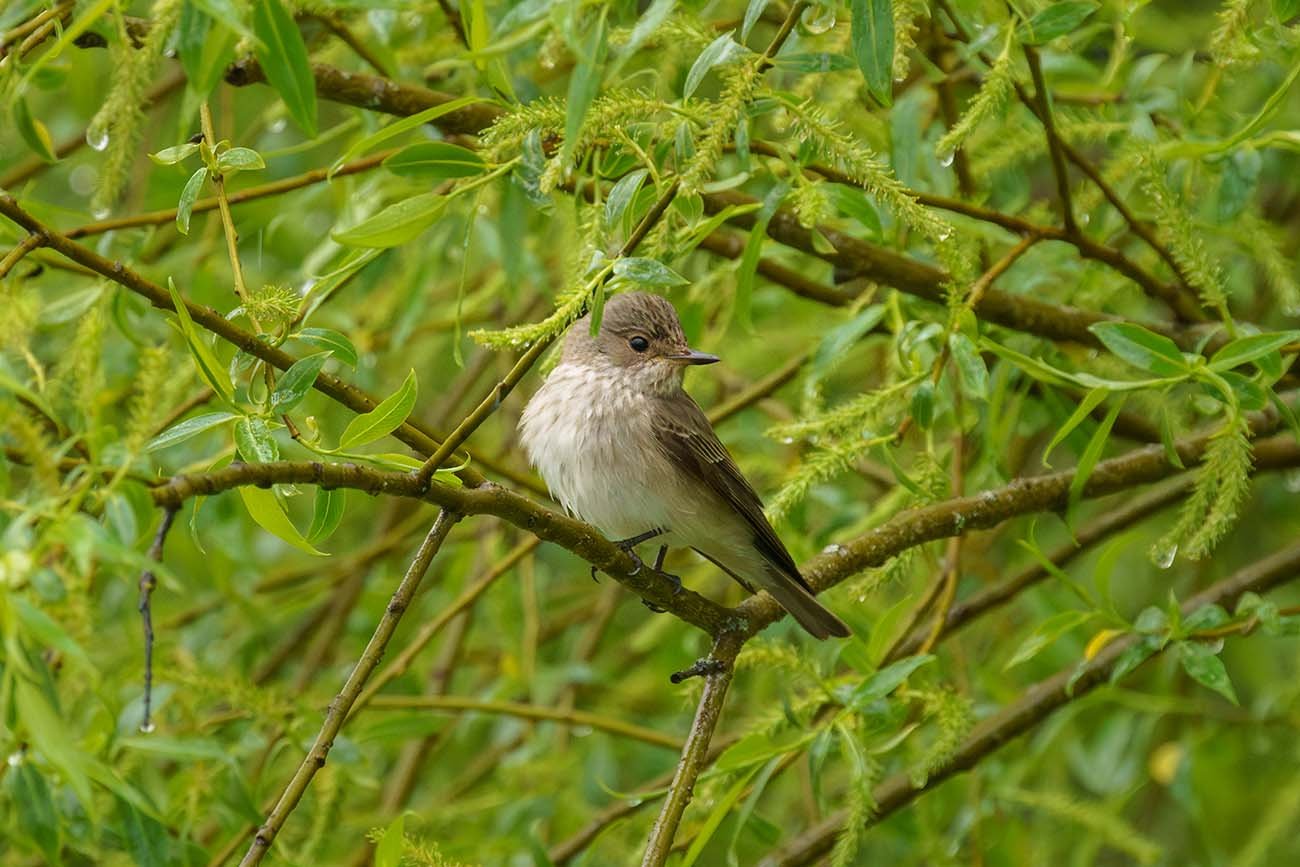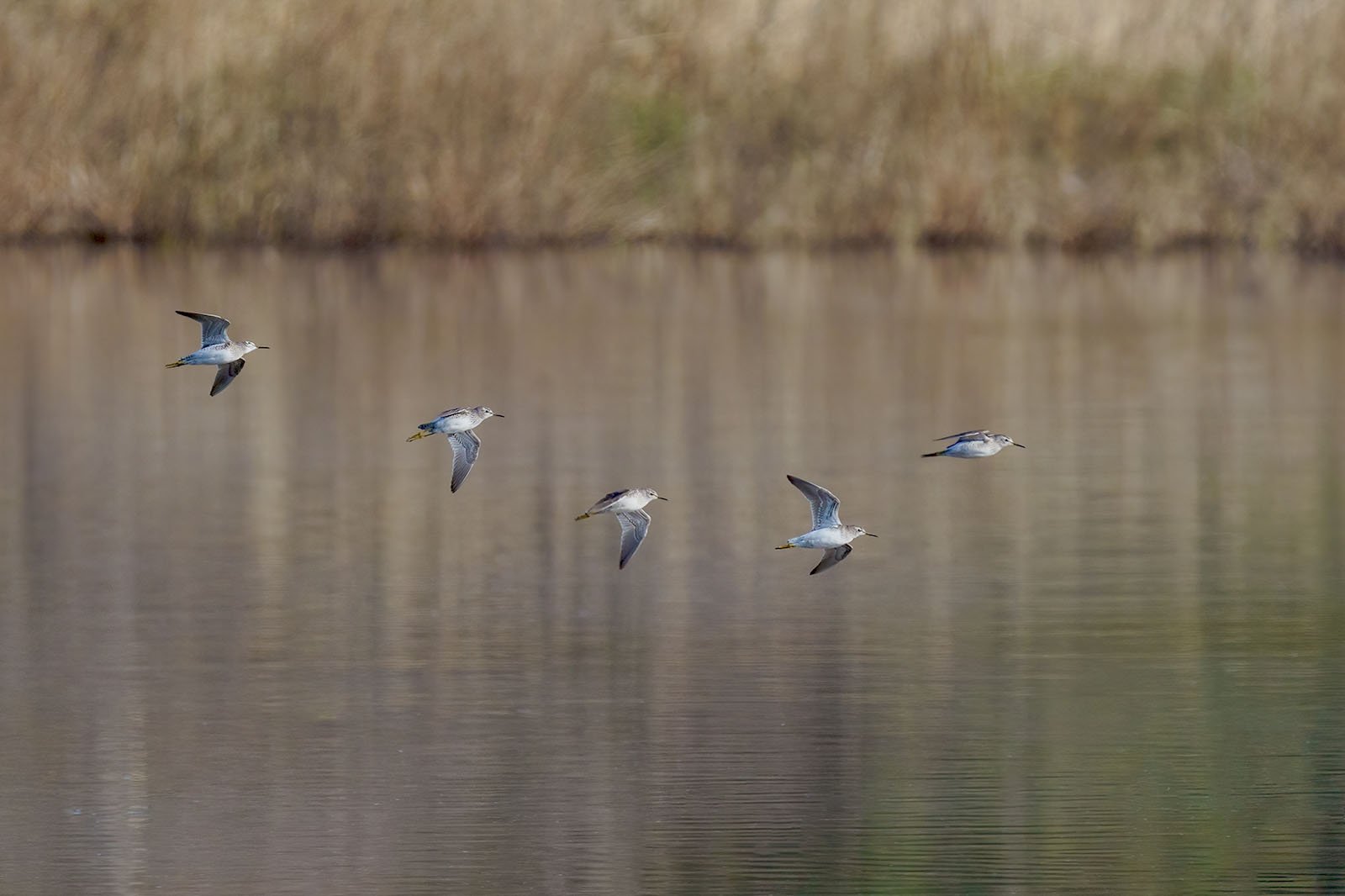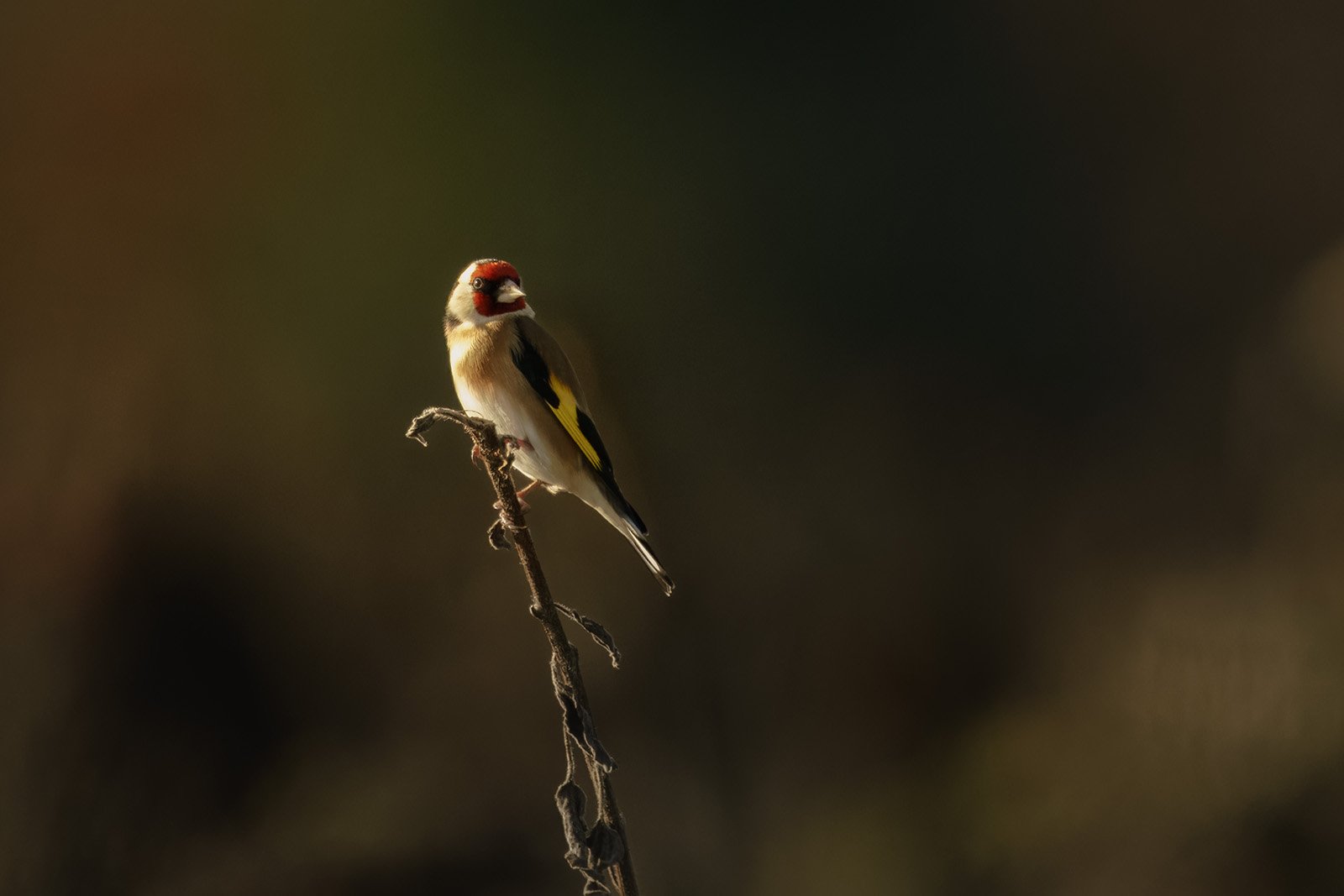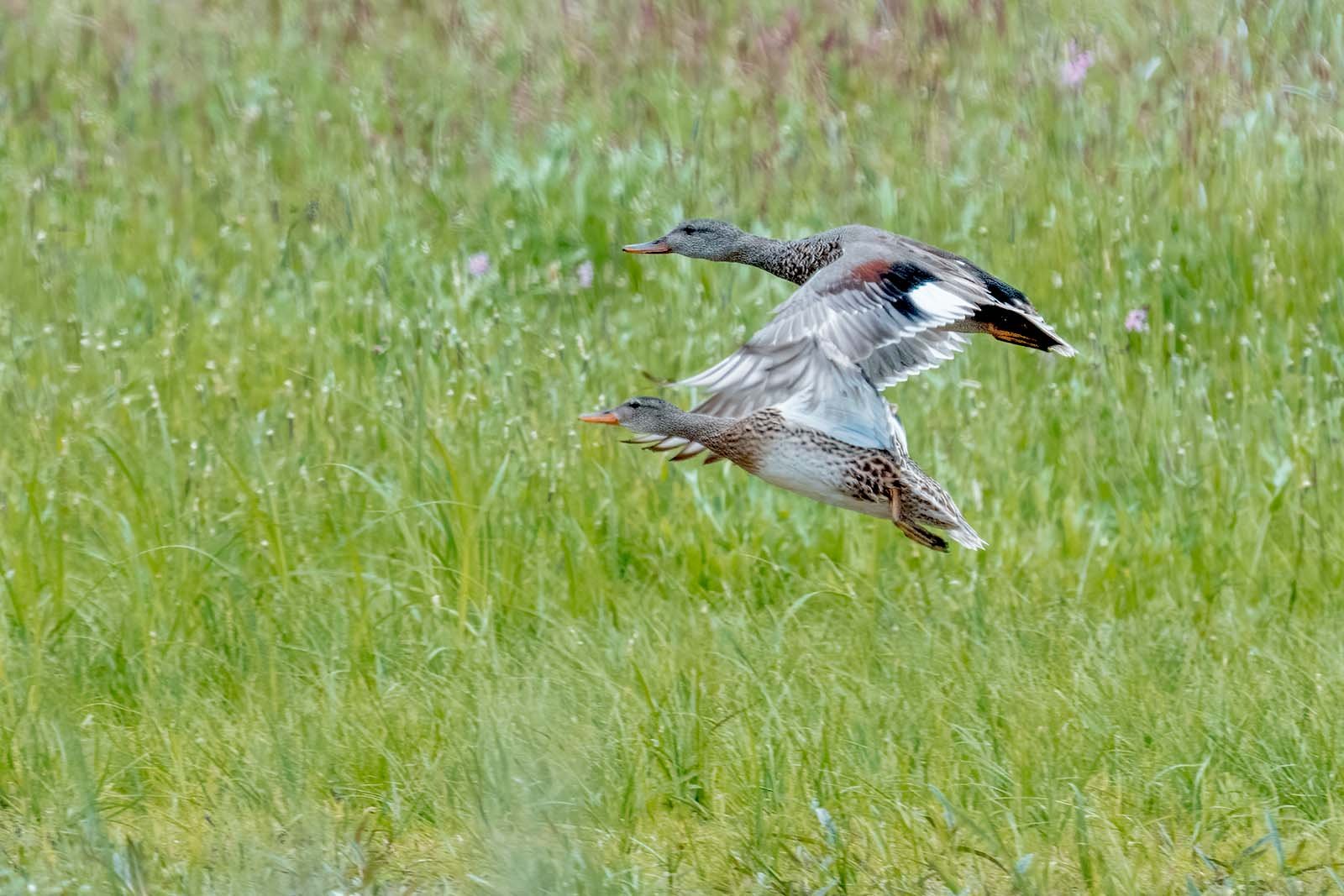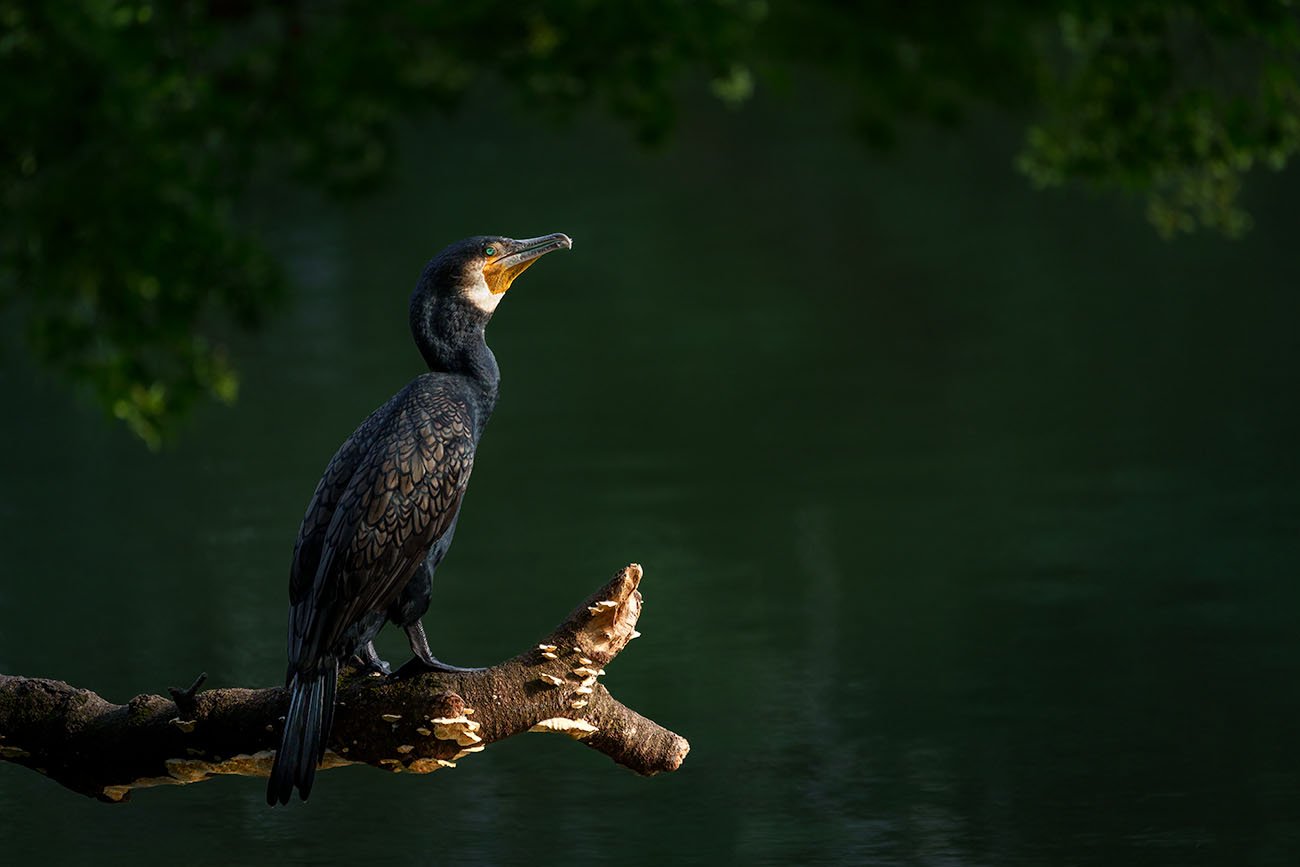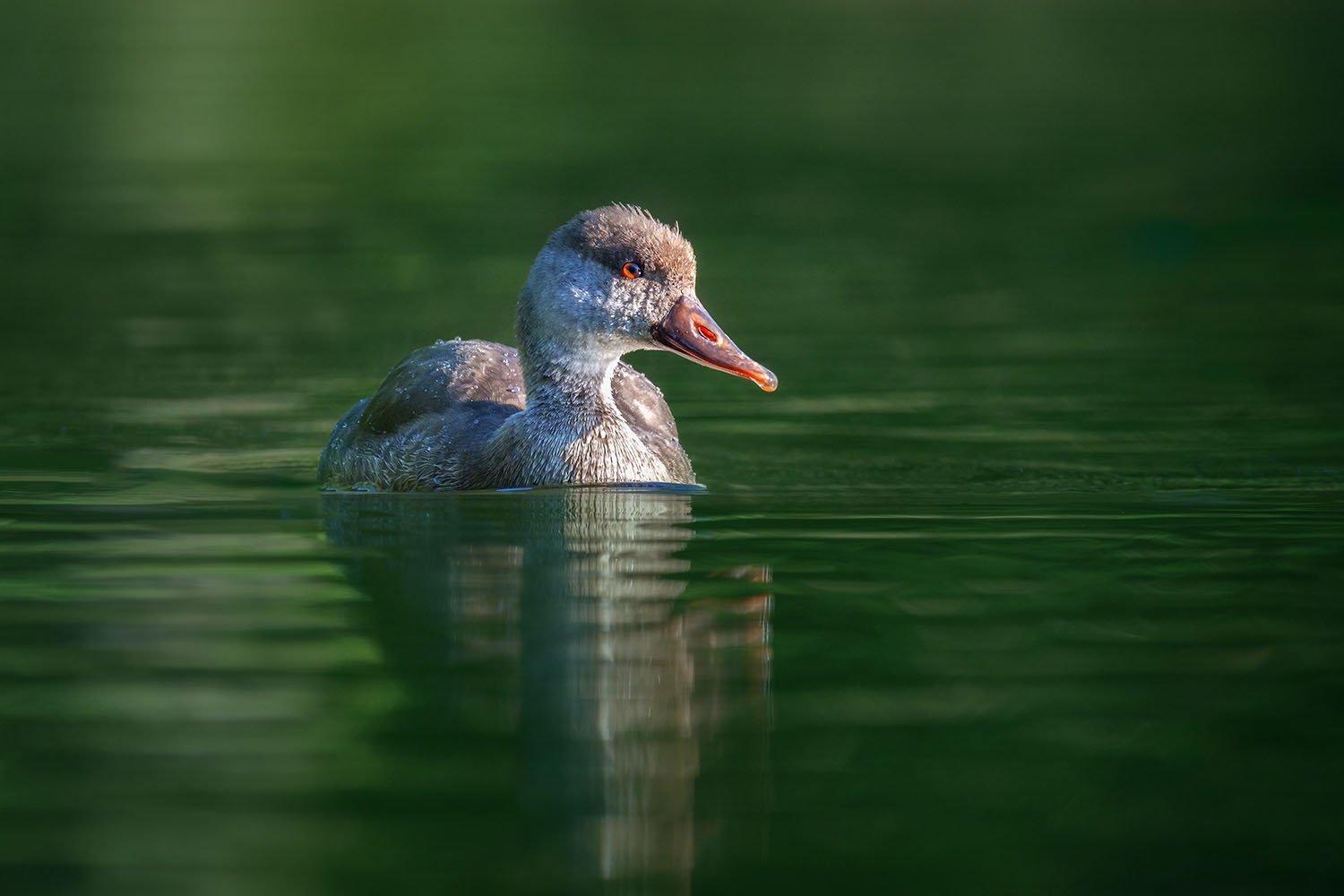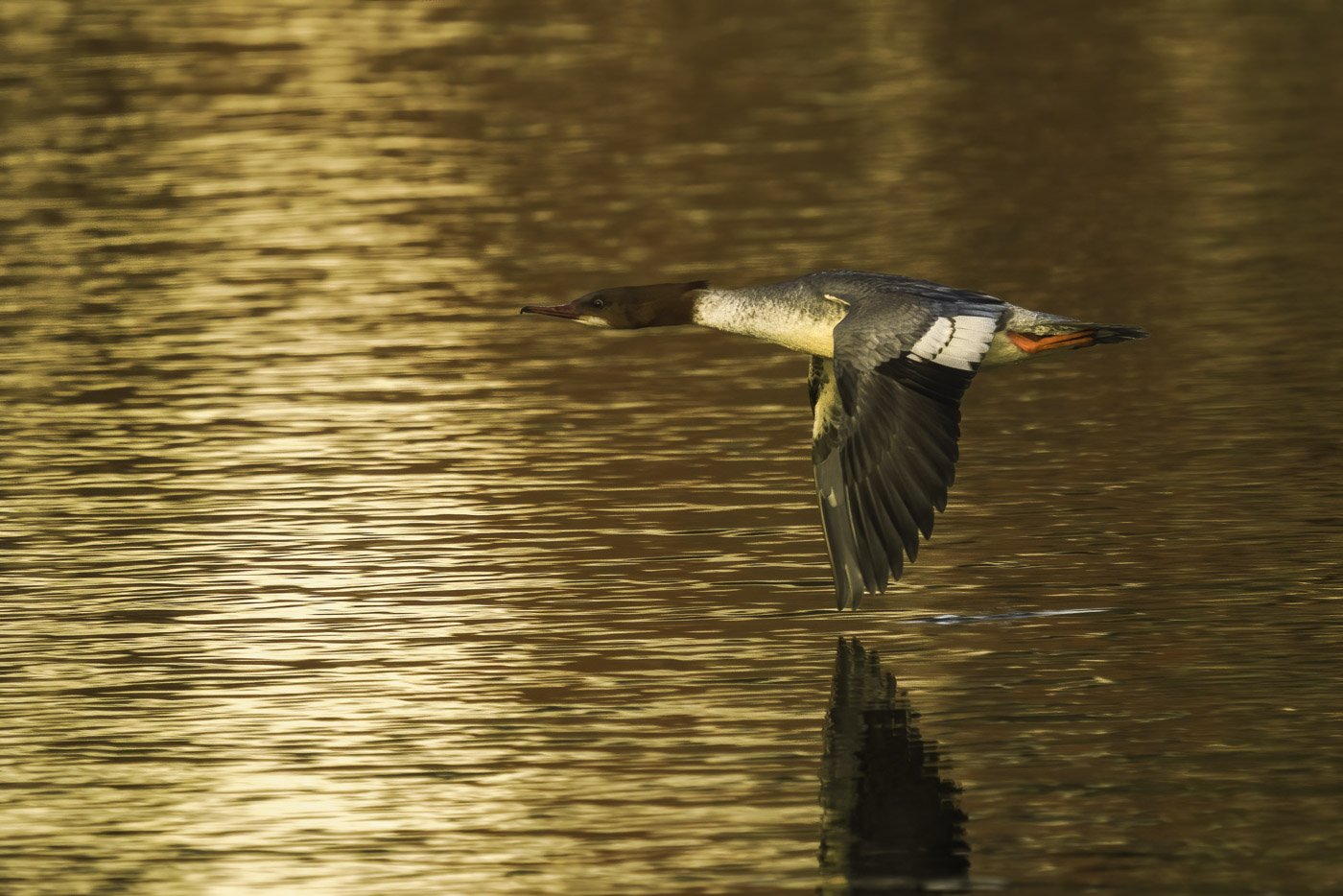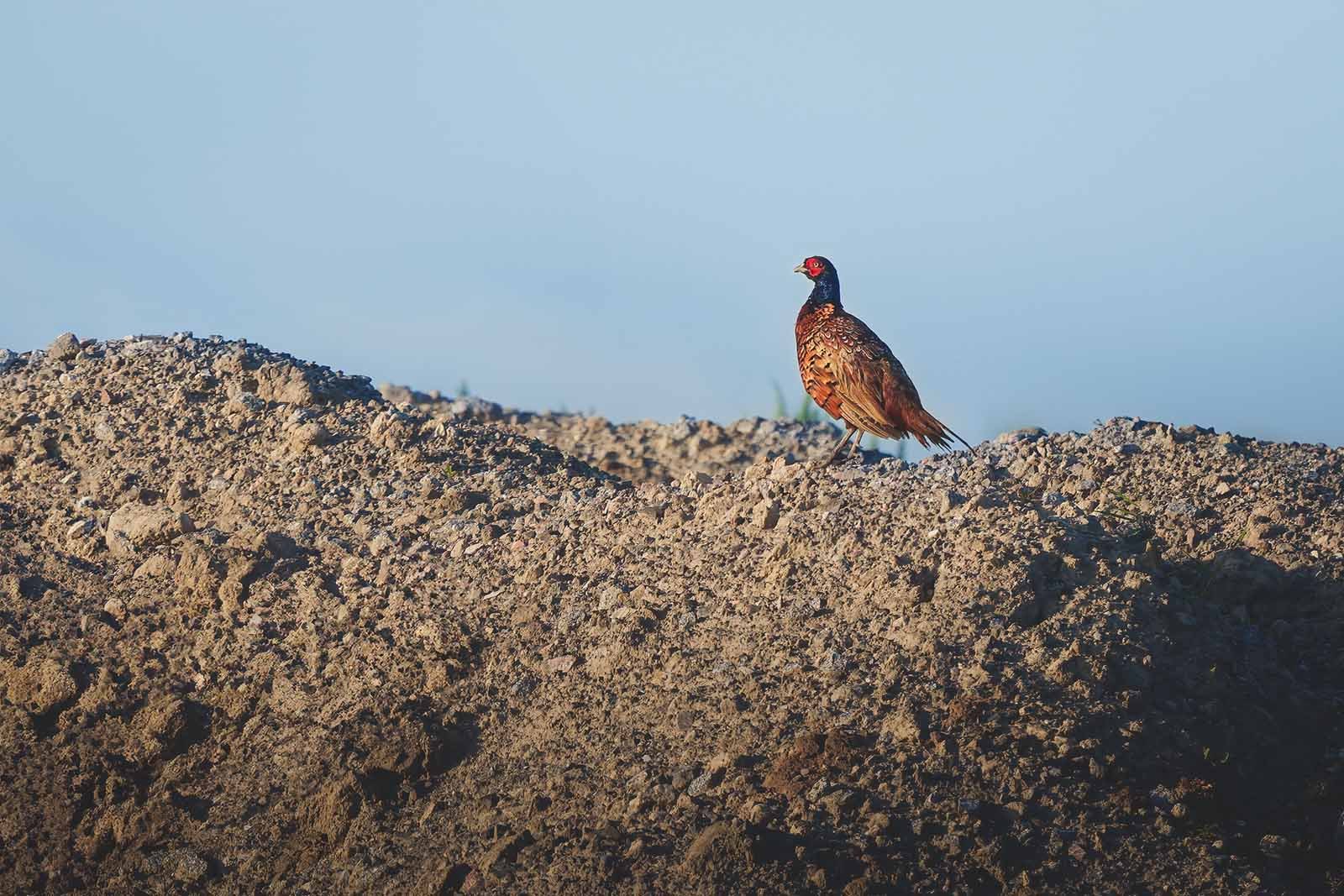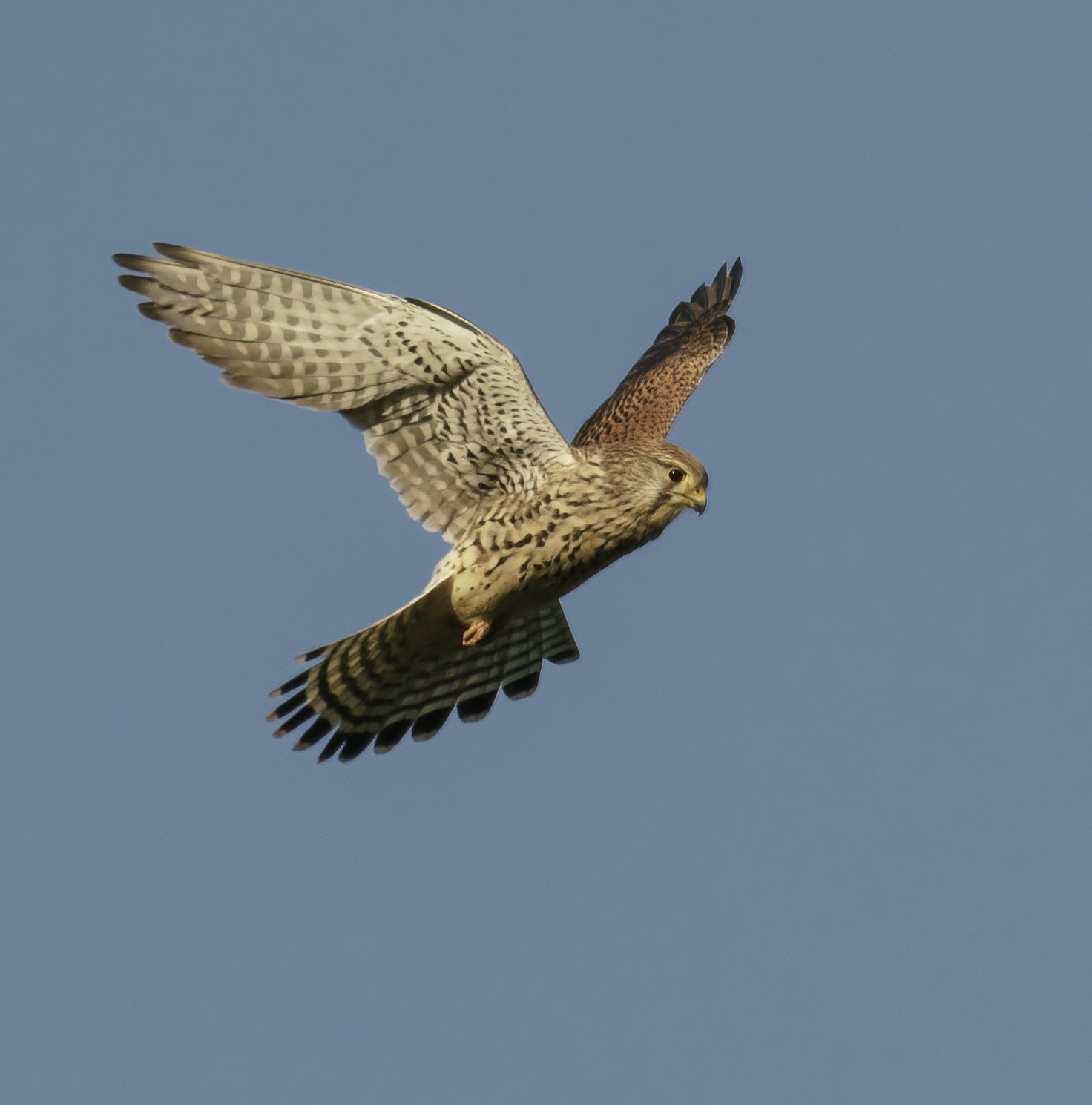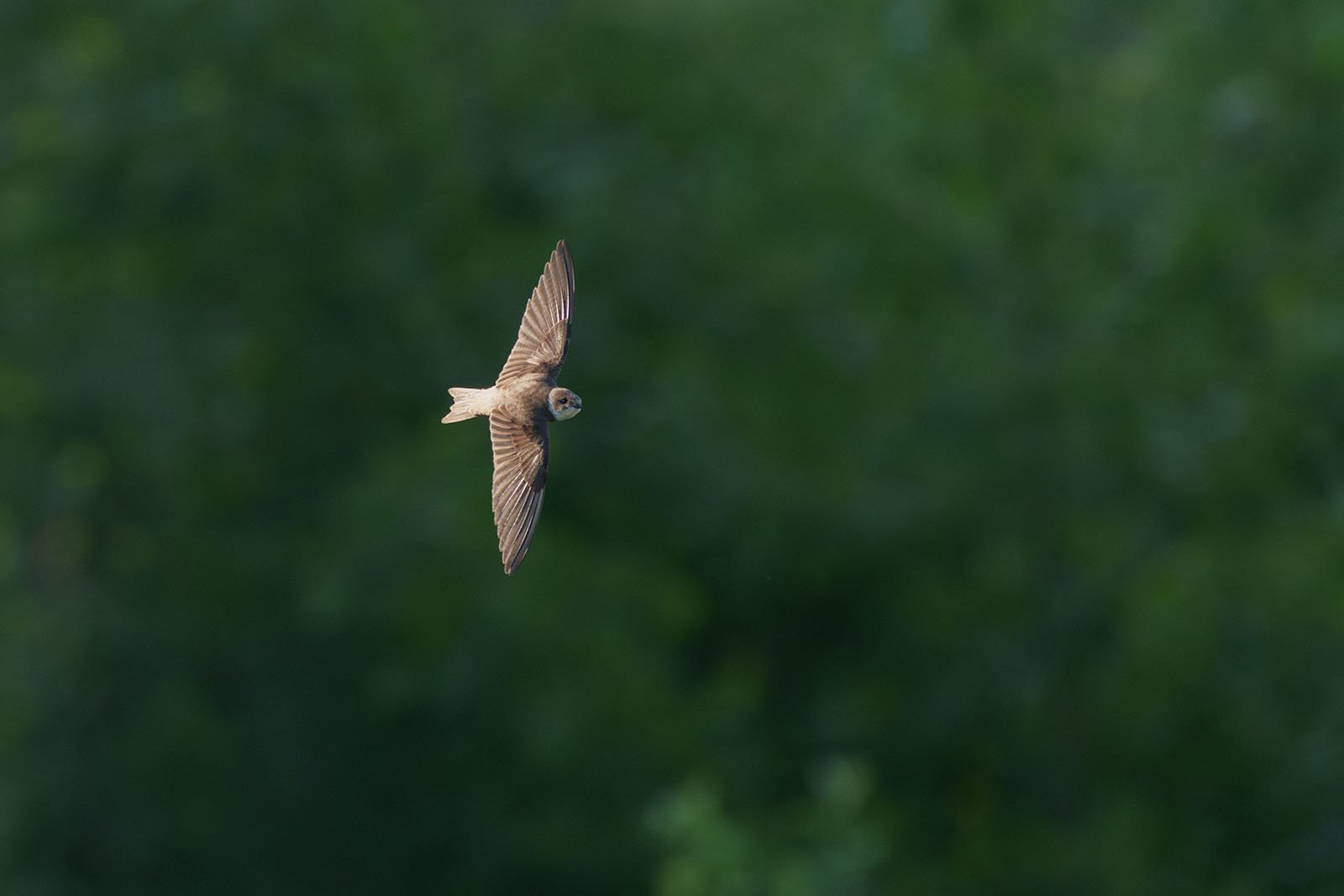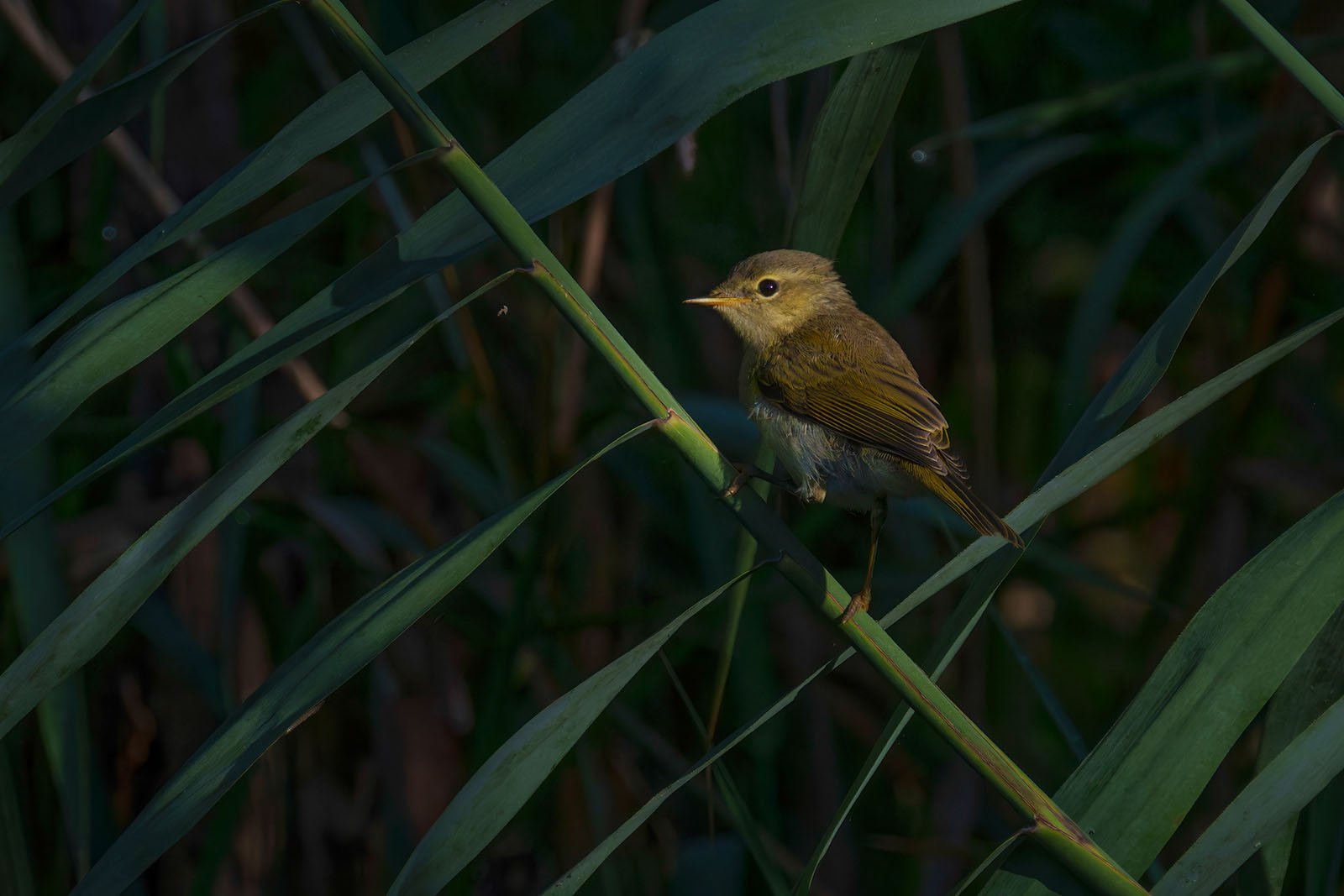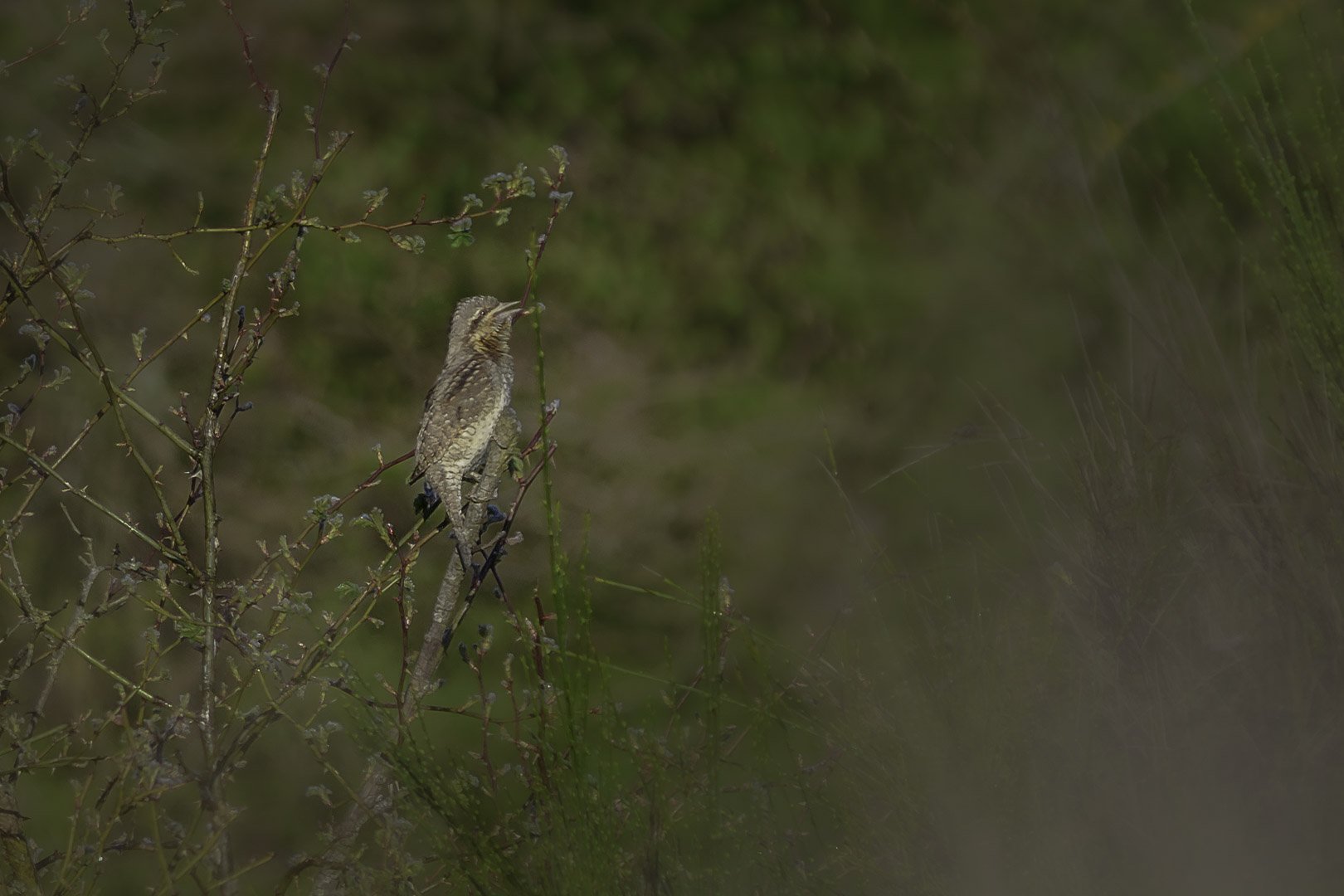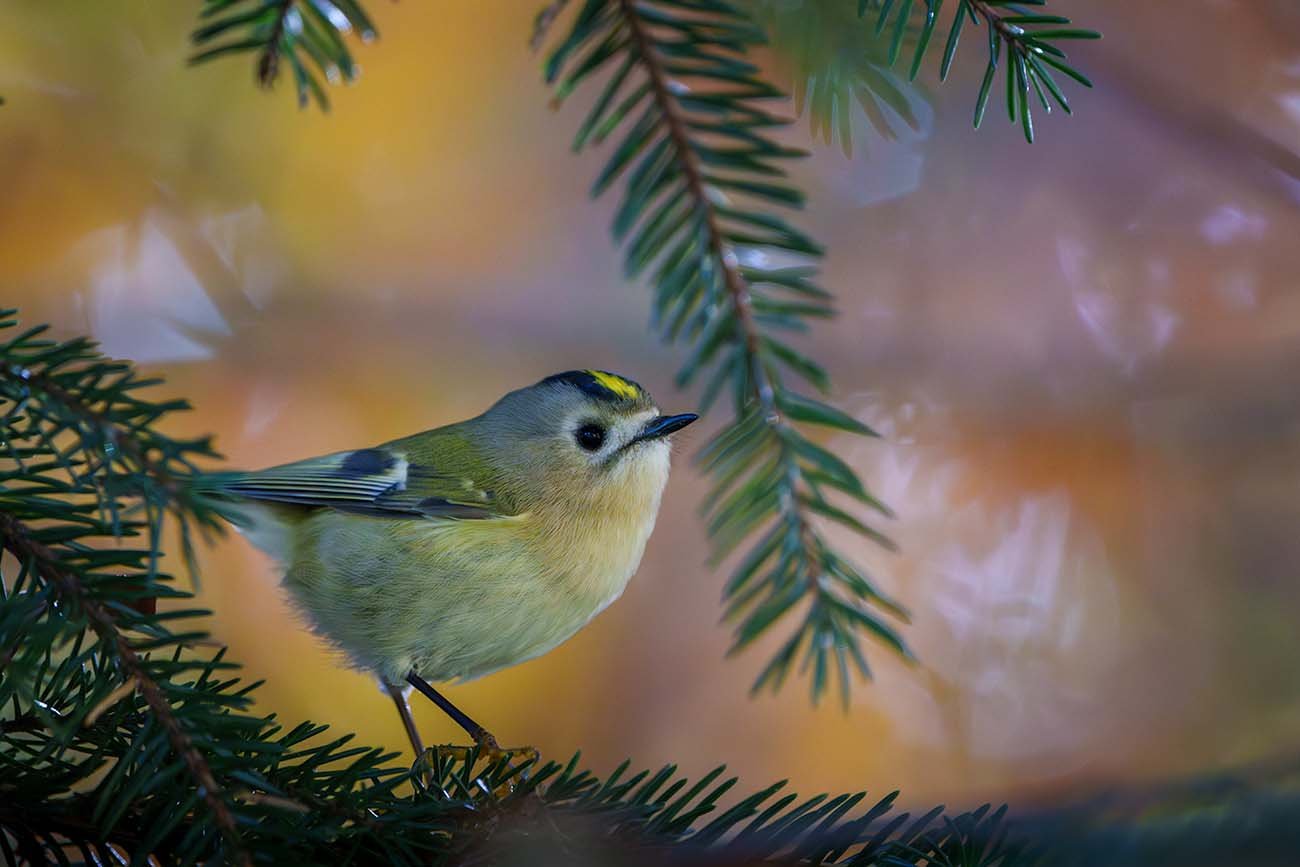White Stork (Ciconia ciconia)
White stork (Ciconia ciconia)
White Stork: A Symbol of Connection to Nature and Good Fortune
Discover the world of the white stork: from its shimmering plumage to its long migrations to Africa – this bird captivates with its elegance and unique lifestyle.
Shortlist
- The white stork (Ciconia ciconia) is one of the largest birds in Europe.
- Known for its majestic flight and annual migration between Europe and Africa.
- Prefers wet meadows, floodplains, and often nests on church towers or poles.
- Distinctive features: shimmering white plumage, a red beak, and long red legs.
- A symbol of good luck, fertility, and spring – deeply rooted in European culture.
Key Facts
- Scientific Name: Ciconia ciconia
- Size: 95–110 cm, wingspan up to 2 meters
- Weight: 2.3–4.5 kg
- Habitat: Open meadows, wetlands, rooftops, and church towers
- Diet: Frogs, mice, worms, snakes
- Special Trait: Migrates thousands of kilometers to Africa in winter
Table of Contents
- Introduction: Why the White Stork Captivates
- Appearance and Distinctive Features
- Habitat and Distribution
- Diet: An Opportunistic Hunter
- Reproduction and Nest Building
- White Storks as Migratory Birds: The Great Journey
- Cultural and Mythological Significance
- Threats and Conservation Efforts
- FAQ: Frequently Asked Questions About White Storks
1. Introduction: Why the White Stork Captivates
With its proud stance and expansive flights across European skies, the white stork is one of the most captivating symbols of nature and good fortune. Few other birds embody the changing seasons as impressively as this majestic traveler.
Every spring, the white stork returns from its winter quarters in Africa to breed in Europe. Not only is it a master of flight, but it has also become a close companion to humans, nesting on church towers, rooftops, and specially built nesting platforms. Its striking black-and-white plumage and red beak make it an unmistakable sight. But what truly sets this bird apart?
2. Appearance and Distinctive Features
The white stork impresses with its simple elegance and majestic presence. Standing up to 110 cm tall with a wingspan of up to 2 meters, it is one of the largest birds in Europe.
Distinctive Features
- Plumage: Its shimmering white plumage, contrasted by deep black flight feathers, makes it a stunning sight in the sky. During flight, these colors are especially striking as the stork gracefully glides over fields and meadows.
- Beak: The long, bright red beak is a hallmark of the white stork. In young storks, it is initially darker and gradually turns red with age.
- Legs: Adult storks have long, red legs that stand out against their pale plumage. In young birds, the legs are a pale pink – a telltale sign of their youth.
When flying, the white stork extends its neck forward and its legs far behind, creating a distinctive silhouette that is easy to recognize, even for beginners.
3. Habitat and Distribution
The white stork is widely distributed across Europe and thrives in open landscapes with ample food supply. Its habitats include wet meadows, floodplains, river valleys, and marshes.
Distribution
Key breeding areas are found in Poland, Germany, Spain, and the Baltic states. Restored wetlands and protected floodplains provide ideal conditions for the white stork. In Germany, regions such as the Oderbruch, the Elbe floodplains, and the Upper Rhine are known stork habitats.
Proximity to Humans
The white stork is known for its close relationship with human settlements. It often nests on rooftops, chimneys, or specially constructed platforms. This behavior offers protection from ground predators and allows easy access to nearby wetlands for feeding.
4. Diet: An Opportunistic Hunter
White storks are skilled hunters that gather their food from a wide range of prey. Their diet changes depending on the season and the availability of prey.
Typical Prey
- Frogs and toads
- Earthworms
- Mice and other small rodents
- Snakes and lizards
- Large insects like grasshoppers
Using their long beaks, white storks forage skillfully in grassy fields or shallow waters. Their calm and focused hunting technique is a fascinating spectacle for nature enthusiasts.
5. Reproduction and Nest Building
White storks are faithful birds that return to the same nests year after year. Their breeding season begins in spring, with males arriving first to repair or build nests.
Nest Building
A white stork’s nest is an impressive structure: up to two meters in diameter and weighing several hundred kilograms, it can be used for many years. Nests are made from twigs, branches, grass, and moss.
Offspring
A clutch typically consists of 3 to 5 eggs, incubated for about 30 days. Both parents share incubation and feeding duties. After two months, the young storks fledge and leave the nest, but they often return to the region where they were born.
6. White Storks as Migratory Birds: The Great Journey
Each autumn, white storks embark on an incredible journey from their breeding grounds in Europe to their wintering areas in Africa.
The Journey
Their flight covers thousands of kilometers, often crossing the perilous Sahara Desert. Storks utilize thermals – warm air currents that allow them to glide efficiently and save energy. There are two main migration routes:
- Eastern Route: Through Turkey, the Middle East, and the Red Sea to East Africa.
- Western Route: Through Spain and Gibraltar to West Africa.
This journey is a remarkable demonstration of navigation and adaptability.
7. Cultural and Mythological Significance
Few birds are as deeply ingrained in European culture as the white stork.
Symbolism
- Good Luck: In many cultures, the white stork symbolizes good fortune and fertility.
- Harbinger of Spring: Its return to Europe marks the beginning of spring.
- Coat of Arms: The white stork appears on numerous coats of arms and symbolizes purity and protection.
The most famous legend is that storks deliver babies – a folktale that remains popular to this day.
8. Threats and Conservation Efforts
Despite its popularity, the white stork faces numerous threats in many regions. Habitat loss, intensive farming, and unsafe power lines are among the biggest dangers.
Conservation Efforts
- Restoration of wetlands
- Installation of nesting platforms on roofs, poles, or trees
- Securing power lines with bird protection devices
Thanks to these measures, white stork populations in Europe have stabilized in recent decades.
9. FAQ: Frequently Asked Questions About White Storks
1. Why is the white stork a migratory bird?
White storks migrate south in winter to find better food sources.
2. Where does the white stork prefer to nest?
On rooftops, church towers, poles, or specially built platforms – ideally near wet meadows.
3. How long do white storks live?
In the wild, they can live up to 20 years.
4. What do white storks eat?
Their diet includes frogs, mice, snakes, earthworms, and insects.
5. Why is the white stork considered a symbol of good luck?
Its return to Europe is seen as a sign of good fortune, fertility, and the arrival of spring.
The white stork is a remarkable bird whose elegance and adaptability continue to inspire. Keep an eye out – you might spot one soaring gracefully in the wild!


